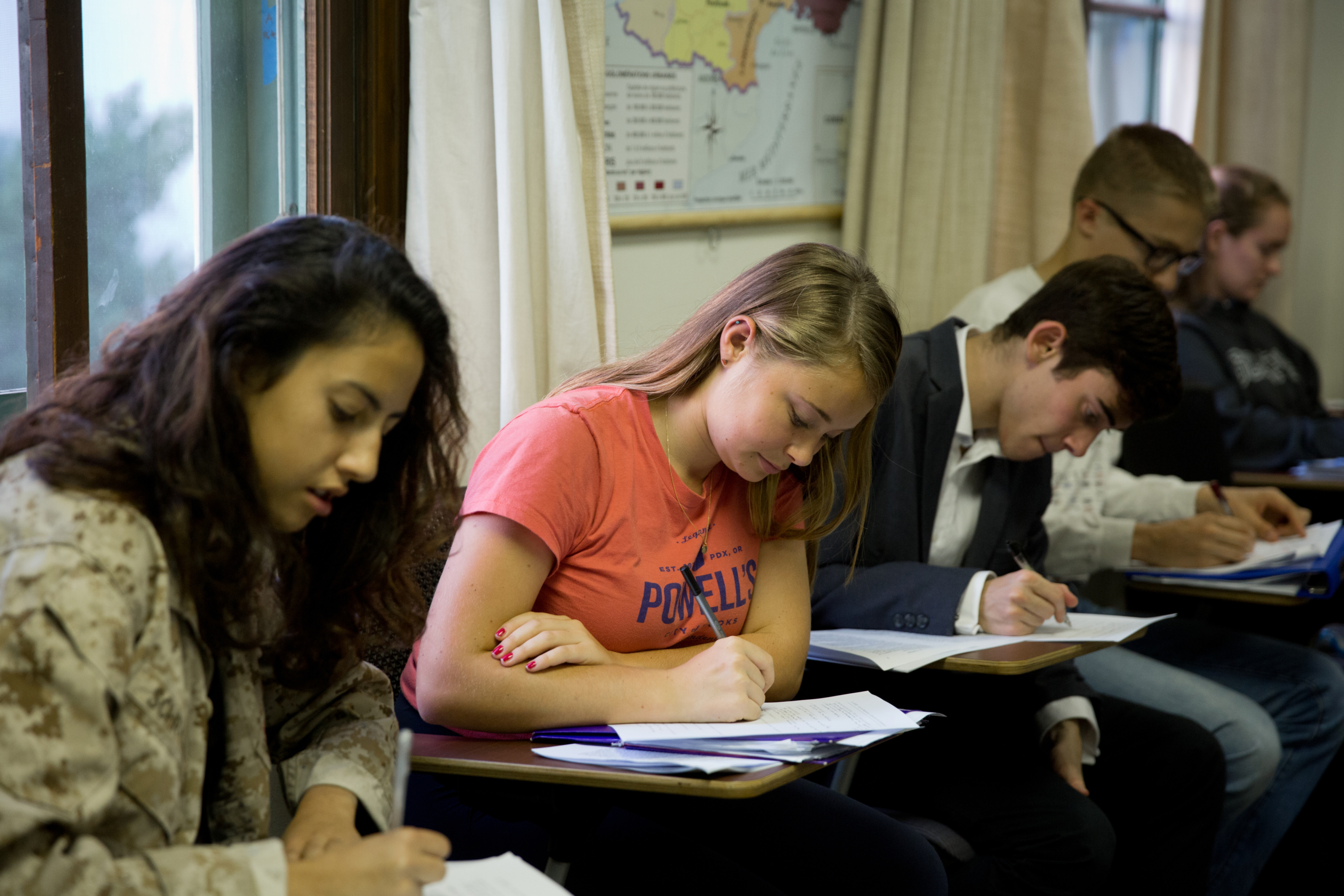Hey everyone!
One thing I knew coming to college, amongst a sea of uncertainties, was that the classes were going to be different from my high school. They were going to be more challenging, more demanding, smaller, more niche, and, as the website declared, discussion based. But did that mean I knew exactly what to expect on my first day? Not completely. So, here’s some info on what our discussion based, seminar style, small class environment is really like.

First, some context. I went to a public high school where most of my classes had 35 people. We generally had lectures or some kind of lesson in class, plus homework and assignments to work on the concepts. At Scripps, I am a history major with a Spanish minor and solidly based in humanities classes, so what I am going to describe applies mainly to the humanities.
The first difference that discussion-based classes create is of course, the discussion. We come to class and get ready to talk. Our average class size is 16, and my classes are usually around 12 to 20 people (many professors don’t want more than 20). You can get to know your classmates pretty quickly, especially when you are all participating. The smaller classes also make it easier for everyone to participate and be engaged with each other’s ideas. There’s a lot of, “Building off what Person A said, …” and “What Person B said made me think of this part in the text that…” We talk through the ideas presented in the course materials, draw connections between them, bring in material from our lives or other classes, and really work to understand and find subtlety in our course themes.
Another difference is the professor. As explained above, students participate all the time. The professor is more like a guide than an omniscient being. They have expertise, of course, and years of experience, but generally they don’t talk at students, but with them (this is somewhat different than a lecture class, which we do have). Sometimes professors even design the class so that different students lead discussion each day. The professor is always a resource and a mediator, and I particularly love when my professors get excited when a student brings up a point they themselves hadn’t considered before.
The work schedule is also different than high school. As you can imagine, you need to know the material before you get to class. You definitely don’t need to be an expert, but you need to be familiar with it. We do most of our reading before class and then come pick it apart in class. Homework in humanities classes is generally reading and writing papers, which did take some getting used to. It’s another skill altogether to learn how to not read every word and still engage productively in class…
Of course, our last few semesters have been online via Zoom. It’s a much different college experience but for the most part it’s been okay. Just like in class, our little Zoom boxes can all participate and discuss the reading. It is a little harder to have a spirited discussion back and forth, and there is always the dreaded Zoom silence before people speak, but overall, I’ve found the format to translate pretty well to remote learning. Our professors have worked very hard to transpose their curriculum and keep the class engaging. There are even some perks, like more guest speakers and some cool digital platforms to share ideas. While I am eagerly awaiting the time when we are back in person, it’s been a good experience so far.
Lastly, no, there is no assigned seating in class (especially on Zoom), and yes, you really can leave for the bathroom whenever you want.
Until next time!
Siena

